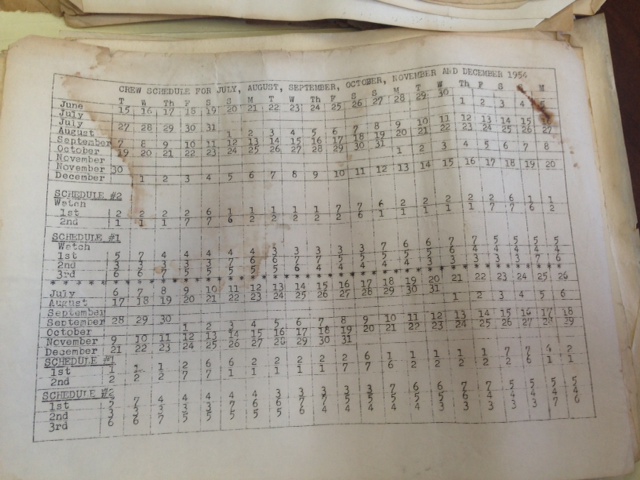 William Edgar was a sailor and maritime artist. Born in Australia in the late 19th century, Edgar spent the early adult years of his life on board Australian sailing ships. He began his painting career on the wharves of Brisbane and Sydney where he sold his works to passersby. During this time he became well-known for his ship portraits and seascapes. He took a job at a photo company, painting portraits of ships from photographs. Edgar used his experience as a sailor to make his oil paintings as exact and detailed and possible. He preferred oils but on occasion also worked in watercolor and gouache. His portraits mainly depicted ships sailing but he did sometimes place his subjects in more dramatic situations. His work is similar to that of other artists from the period including Antoine Roux (1765-1835) and Antonio Jacobsen (1850-1921). In 1912, Edgar sailed to San Francisco where he lived for the rest of his life. While in California, Edgar painted most of the work for which he is known for today.
William Edgar was a sailor and maritime artist. Born in Australia in the late 19th century, Edgar spent the early adult years of his life on board Australian sailing ships. He began his painting career on the wharves of Brisbane and Sydney where he sold his works to passersby. During this time he became well-known for his ship portraits and seascapes. He took a job at a photo company, painting portraits of ships from photographs. Edgar used his experience as a sailor to make his oil paintings as exact and detailed and possible. He preferred oils but on occasion also worked in watercolor and gouache. His portraits mainly depicted ships sailing but he did sometimes place his subjects in more dramatic situations. His work is similar to that of other artists from the period including Antoine Roux (1765-1835) and Antonio Jacobsen (1850-1921). In 1912, Edgar sailed to San Francisco where he lived for the rest of his life. While in California, Edgar painted most of the work for which he is known for today.In 1910, Edgar painted a portrait of the sailing ship, the Star of Chile. The Star of Chile was constructed in Dundee, Scotland and was launched in 1868. She was originally named La Escocesa. 202 feet long and weighing 1,001 gross tons, she was built with an iron hull and was designed to carry cargo. Though she was small, the quality of her construction allowed her ship to sail the seas for 87 years. During her long career her name was changed four times and she worked in various functions. In 1899, while under the tow of 2 tug boats, she sailed into a wind storm off the New Jersey coast. With little ballast in her hold La Escocesa capsized and sank, taking one of the tugs with her. Both ships were raised from the sea floor and with many repairs returned to service. Afterwards La Escocesa was sold to a San Francisco based company and renamed the Coalinga. In 1901, she was resold again, this time to the Alaska Packers Association (APA). She became part of their “Star” fleet and was renamed the Star of Chile and sailed alongside the Star of India. In 1902, she had became a simple canning ship. Her voyages to and from Alaska were generally uneventful. In 1926, the ship was sold a third time to a lime and cement company and was renamed Roche Harbor Lime Transport. During this time she was downgraded further and became a barge. In 1941 she was resold again and was renamed the Scottish Lady. In 1942, she was requisitioned by the United States government. She was put into service carrying supplies to Alaska for the construction of the Alaska-Canadian Highway. On her second voyage for the U.S. government, she was stranded on a rock in Alaska’s Inland Passage. The incident was the last for the ship. Once she was repaired she was towed back to shore. In 1955, she was broken up and scrapped.
The Star of Chile lived an interesting and complex life. As one of the longest serving ships of the Great Age of Sail and having performed such a wide variety of roles, her final end may seem unbefitting. Therefore it may be proper that the Scottish Lady, ex-La Escocesa, ex-Coalinga, ex-Star of Chile, ex-Roche Harbor Transport is so beautifully portrayed in William Edgar’s portrait The Star of Chile. Now she can remembered as the ship she was at the peak of her career and not the barge she became.
Entry prepared by Francisco Lira, Collections Intern

.JPG)

















